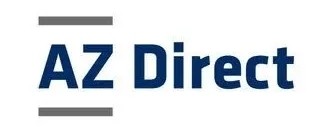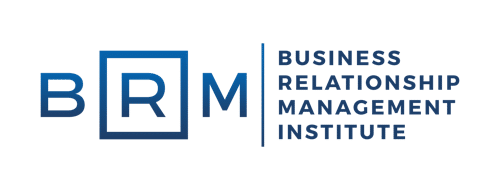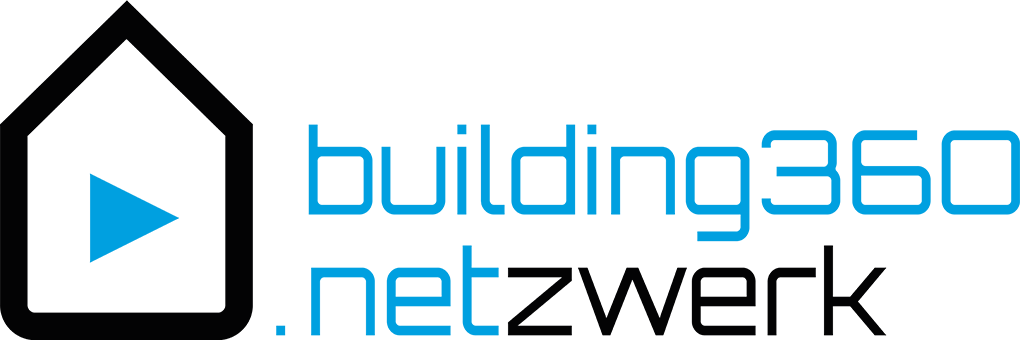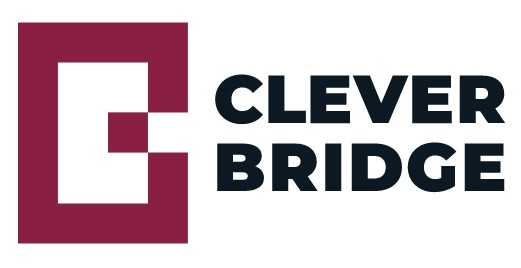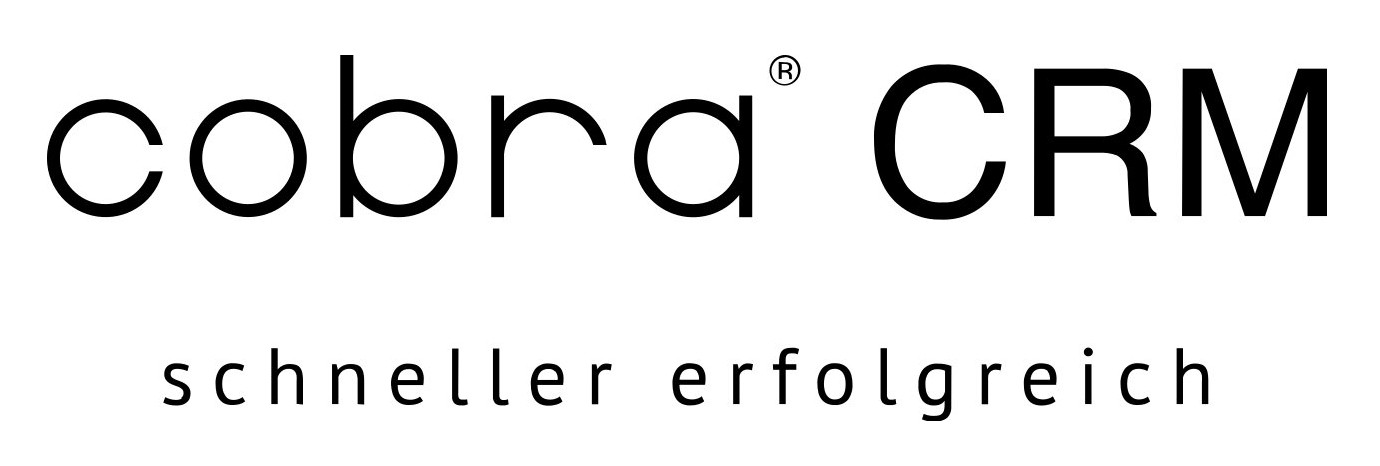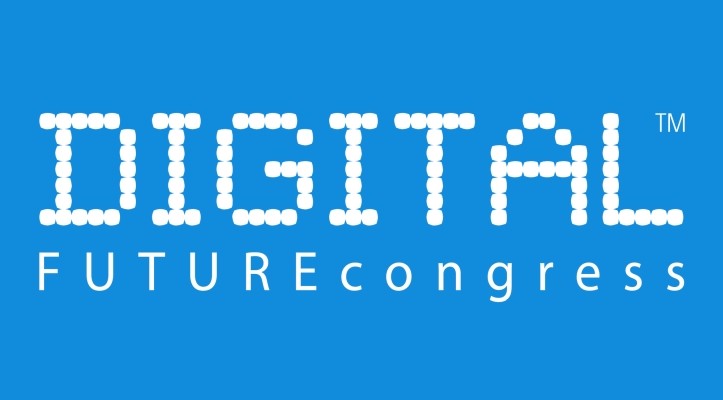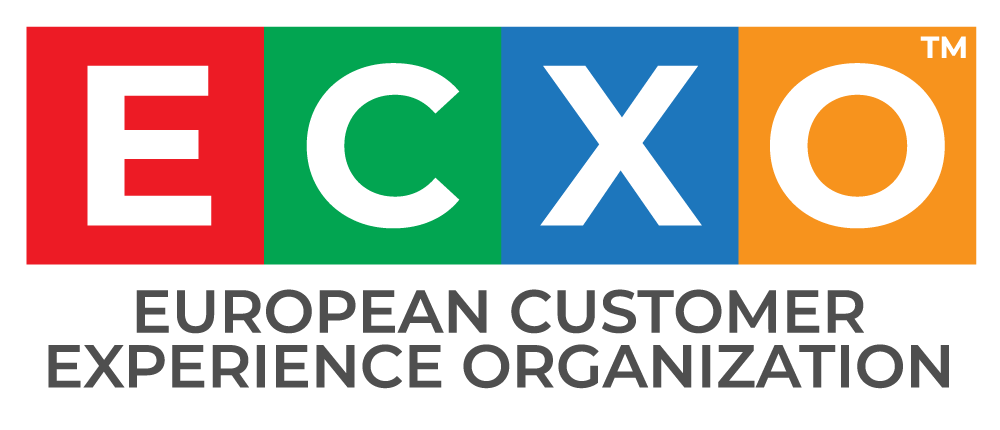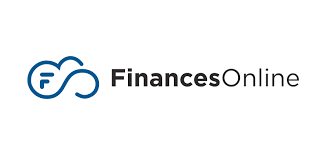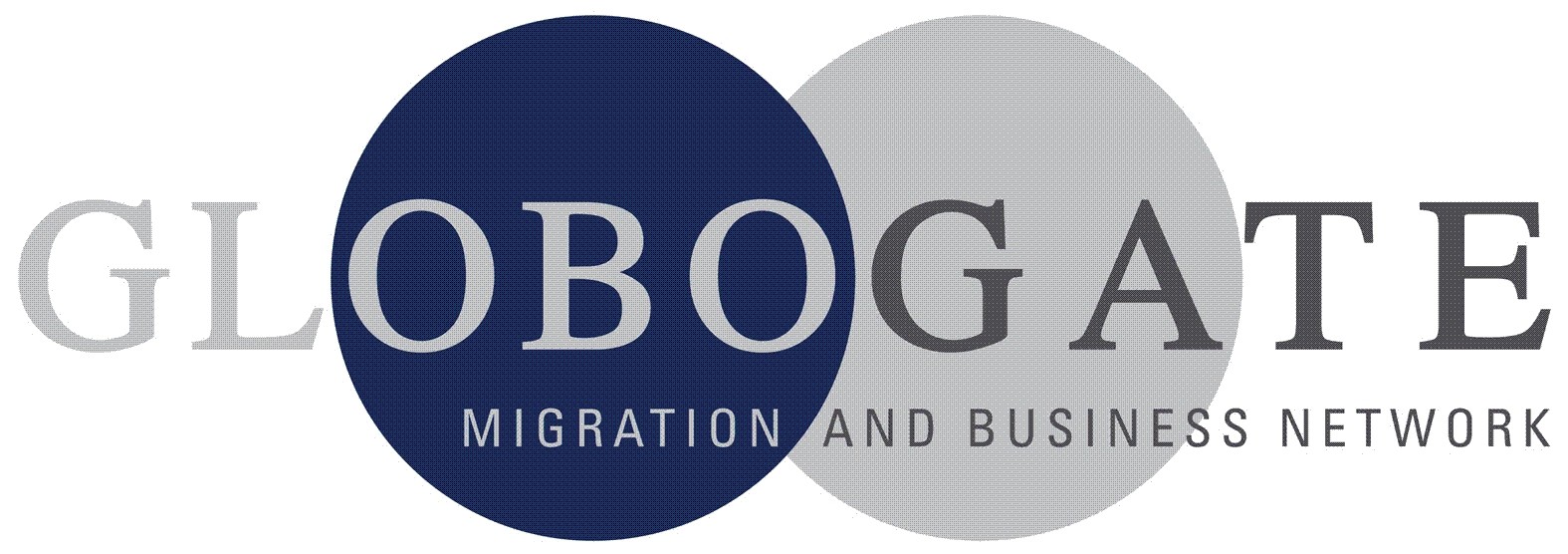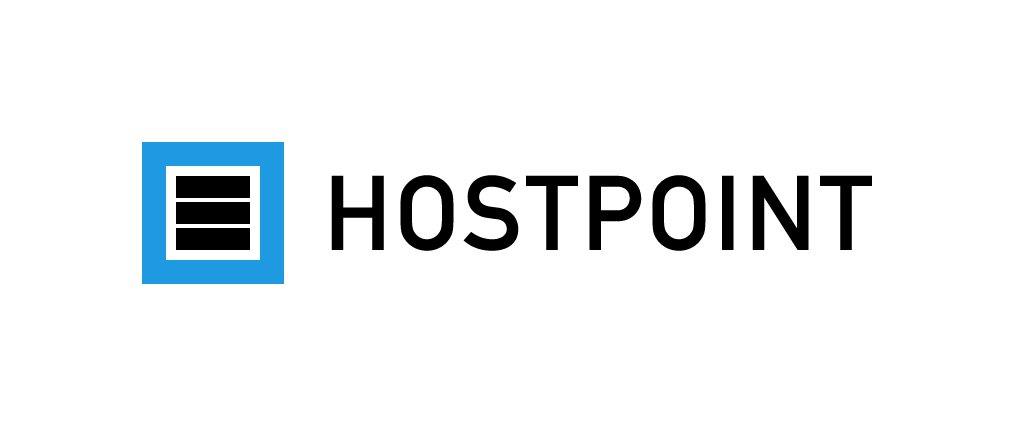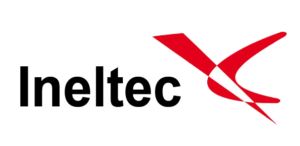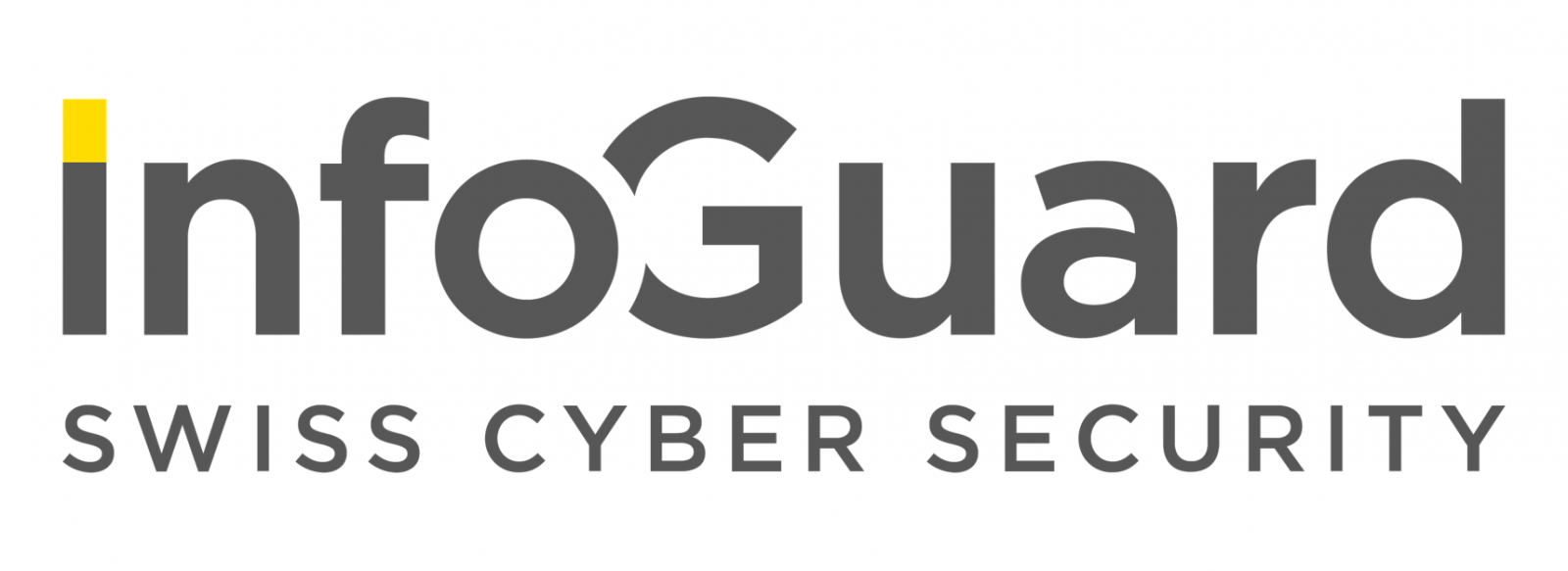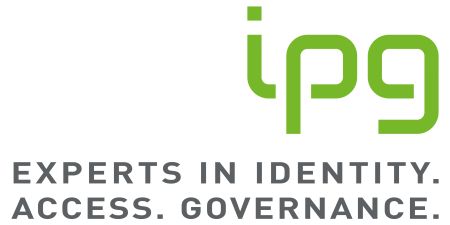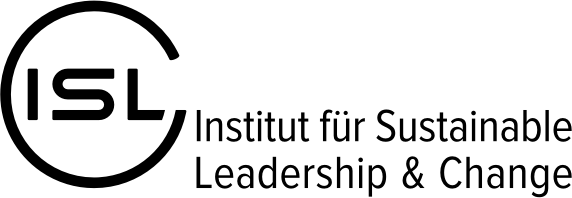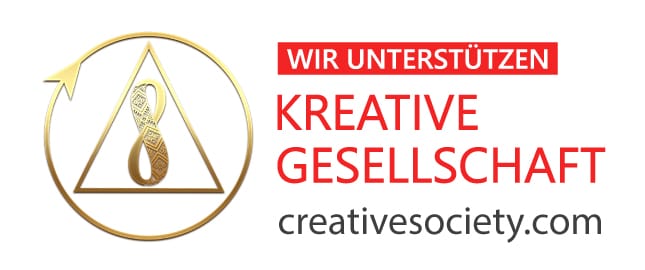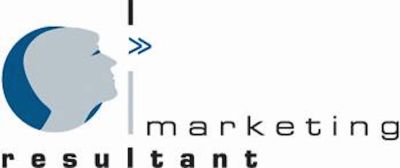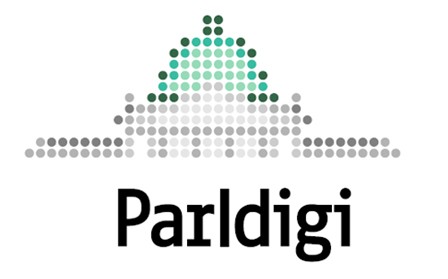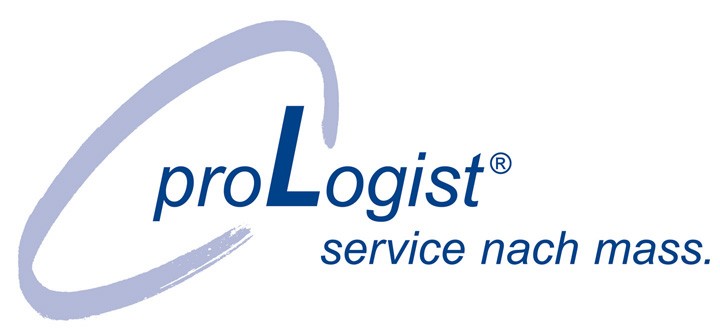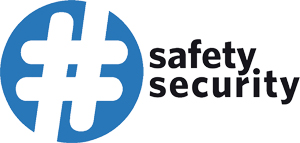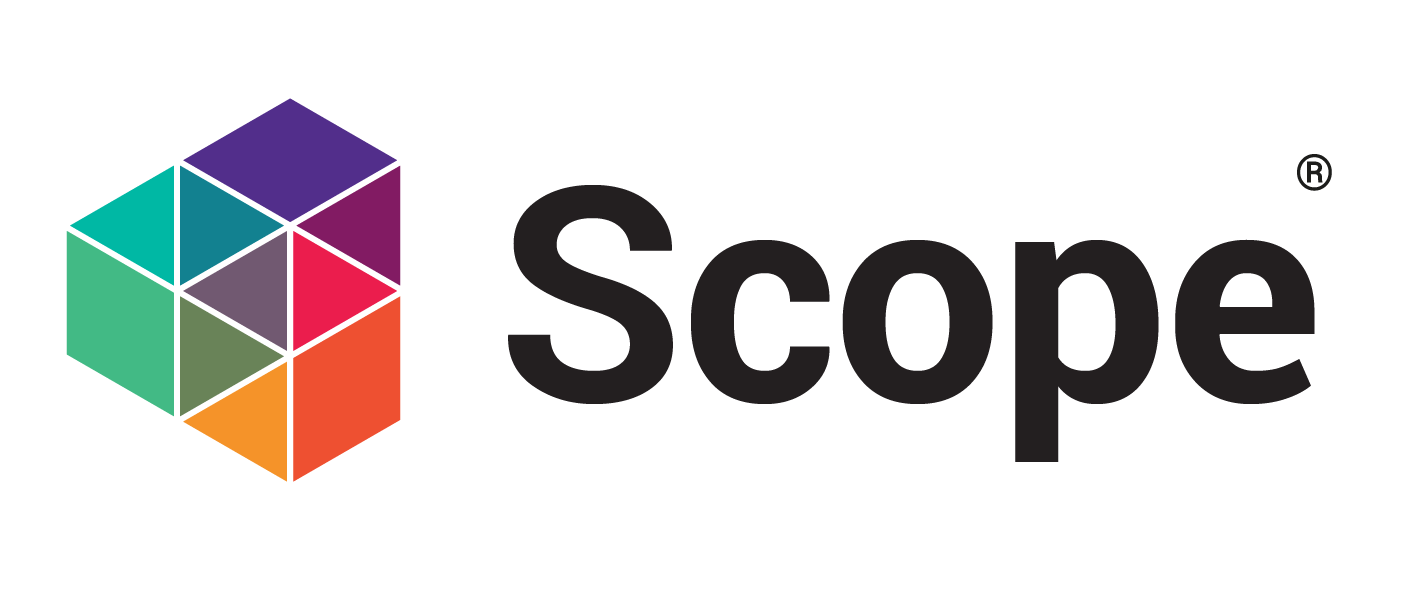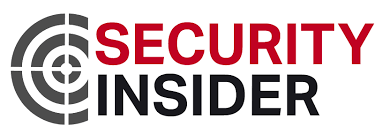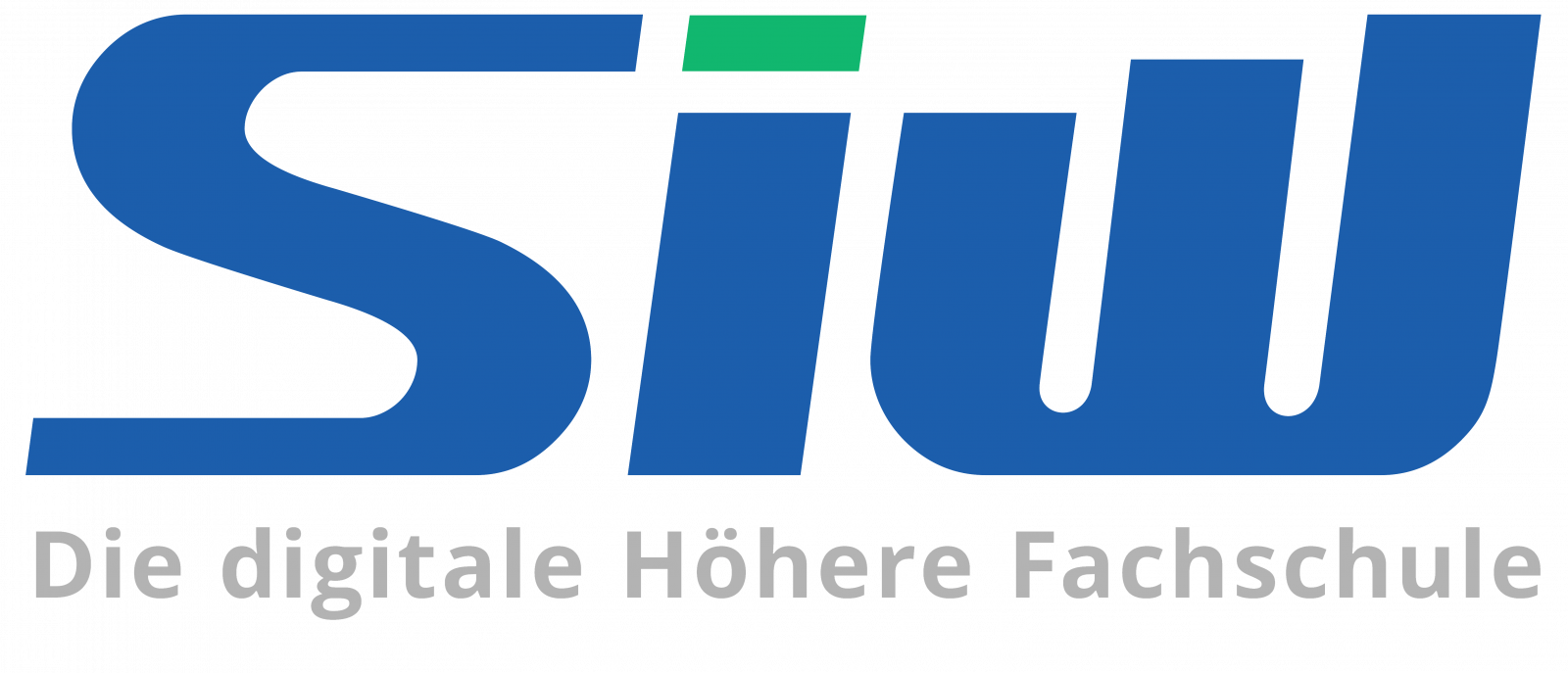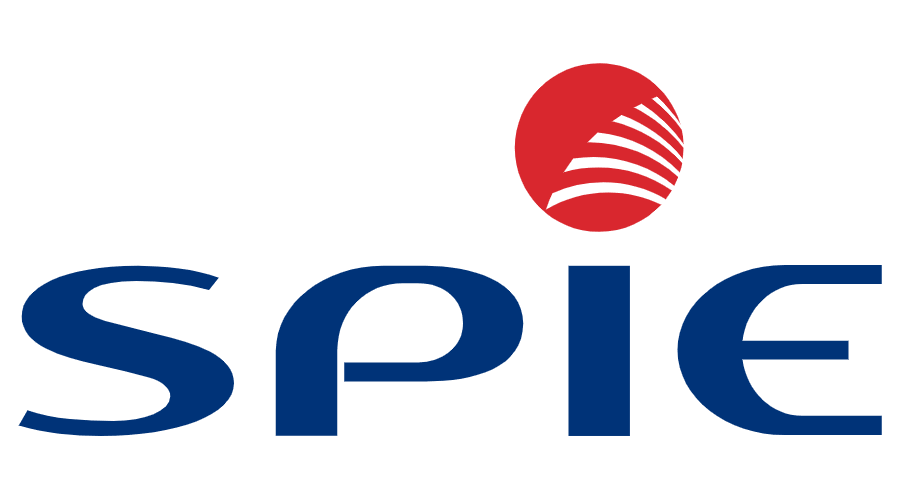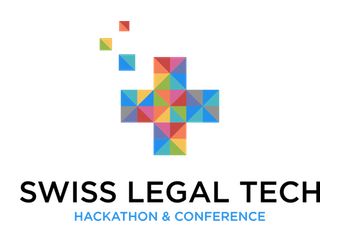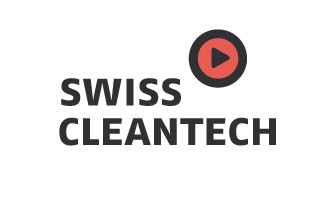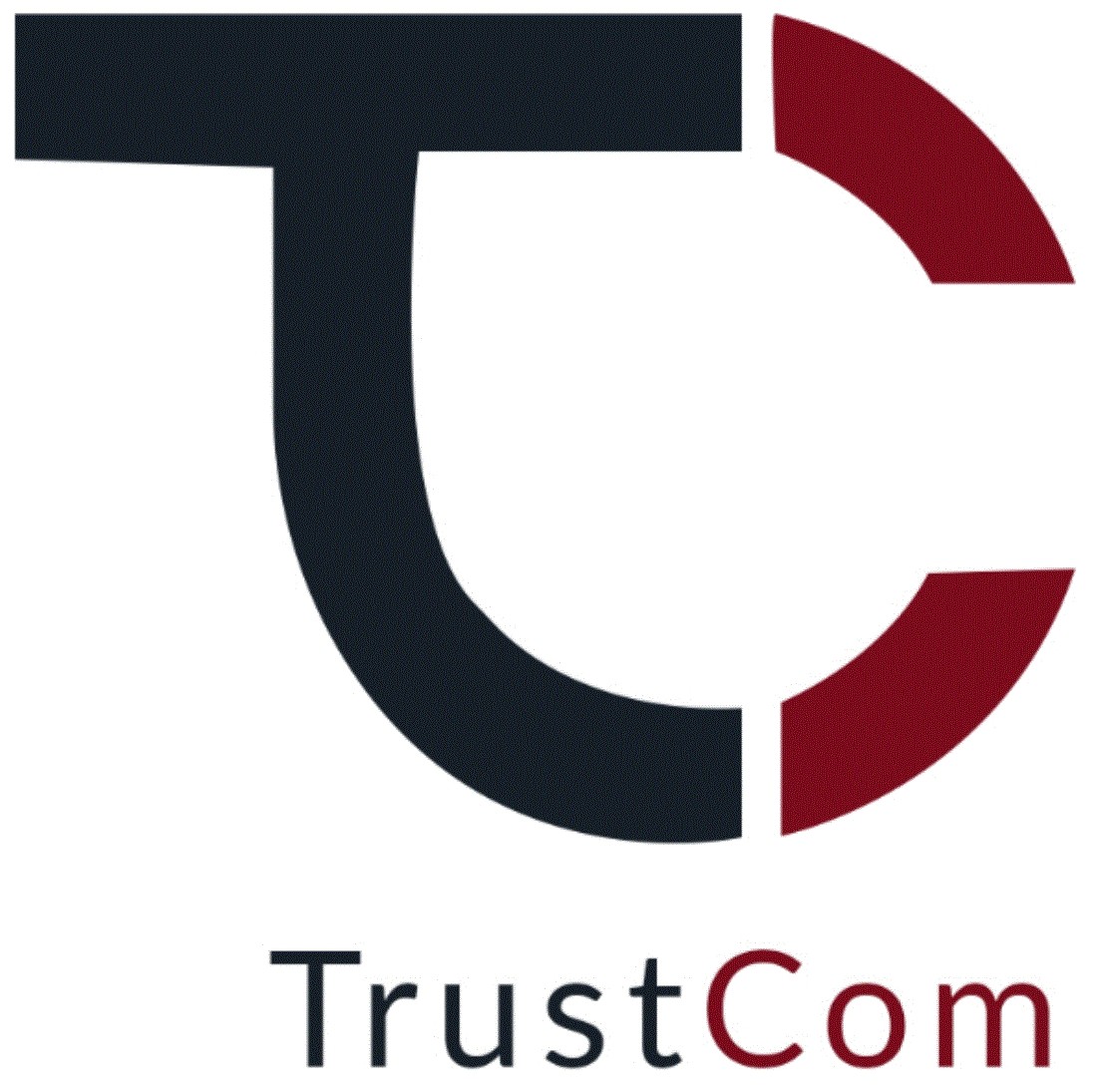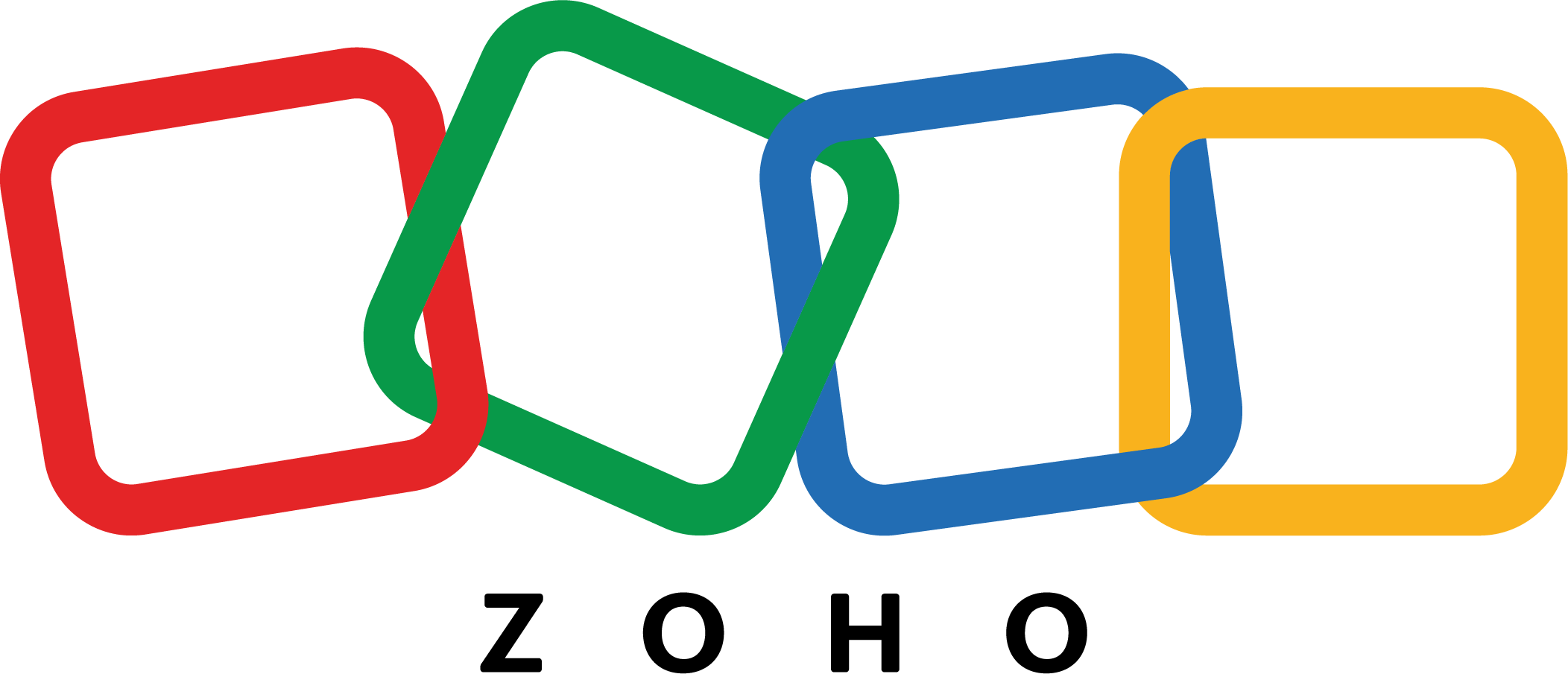Getting Digital Ethics Right
Frank Buytendijk | vice president and Gartner Fellow
Quelle: gartner.com
Organizations are rethinking their digital ethics strategies.
The digital business era has blurred the boundaries between technology and business, and IT has moved from being a support function to an important business enabler. This has brought the discussion on digital ethics to the forefront.
We asked Frank Buytendijk, vice president and Gartner Fellow, to share his insights on digital ethics issues in digital business.
Q. Why do businesses need to develop and maintain digital ethics?
A: Many professions have specific ethical codes. Think of medical ethics, legal ethics, military ethics, scientific ethics, engineering ethics, accounting ethics, educational ethics and so on. However, in the field of information technology, ethical codes are less common, less developed and less prominent.
But now with the traditional IT function expanding to include digital business enablement, there is an acute need to develop and maintain digital ethics, especially when considering the scandals in the press and the public discourse. Unintended consequences and the amplification of their effects make the risk very real, very fast.
The scope of digital ethics is broad and includes security, cybercrime, privacy, social interaction, governance, free will, and society and economy at large.
Q: What are the drivers for adoption of digital ethics?
A: The scandals and societal debate around intended and unintended ethical consequences of use of digital technology requires CIOs, senior IT professionals, boards, risk officers and investors to pay close attention to digital ethics as part of digital risk and digital business.
Q: How are organizations rethinking their digital ethics strategies?
A: Organizations today are rethinking their strategies based on this hierarchy:
- Values – Following your values and asking yourself at every step if you are doing the right thing
- Differentiation – Making the differentiation with your ethics strategy
- Risk – Constant checks and balances to ensure that people are not upset with your actions
- Compliance – At the most basic level is compliance which involves the drafting of basic rules and regulations
Q: What are some key challenges to maintaining digital ethics?
A: The biggest challenge is thinking or hoping that there are checklists you can copy from. This checklist mentality where you are trying to tick the boxes will not help as society is ever-changing and volatile. The trick is to always keep an eye for unintended consequences and constantly monitor that you are doing the right thing.
Q: Which guidelines are emerging to get digital ethics right?
A: Some of the key guidelines to follow are:
- Monitor for unintended consequences – Build feedback loops into your digital technologies, so you can see how others are using it.
- Transparency – Ensure that all data you track does not violate the privacy of your customer. If your mindset is “we don’t want our customers to know that we track this about them”, this may be a good indication there might be a potential digital ethical issue.
- Win/win – Digital technologies, which include algorithms for personalization, or collect and exchange data through sensors, are considered less creepy and invasive if there the value alignment is clear. Value alignment means that the value for the customer is as prominent and clear as it is for the provider.




















